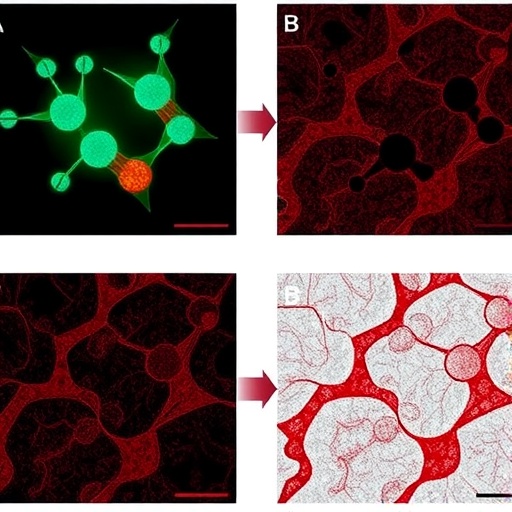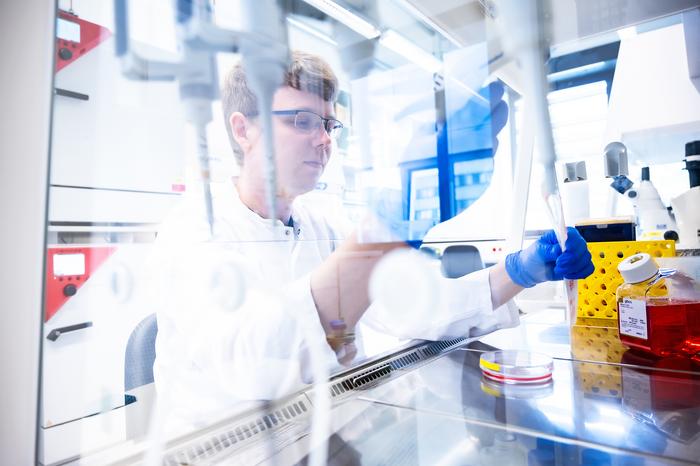Olives are staples of the Mediterranean diet, which has been linked to a reduced incidence of cardiovascular disease, Alzheimer’s disease and other conditions. However, freshly picked olives are very bitter and require curing or processing to make them palatable, using lots of water and, sometimes, harsh chemicals. Now, researchers have found a more environmentally friendly way to remove bitter phenolic compounds from olives. They report their results in ACS’ Journal of Agricultural and Food Chemistry.
The bitter taste of phenolic compounds such as oleuropein and ligstroside may help protect olives from herbivores and pathogens. To make olives edible, commercial processors typically destroy these compounds by soaking the fruit in a dilute lye solution, followed by washing several times. However, this process consumes large amounts of water and produces toxic wastewater. Alyson Mitchell and Rebecca Johnson wanted to develop a more environmentally sustainable method to remove the phenolic compounds from olives.
The researchers evaluated four different types of Amberlite™ macroporous resins for their ability to soak up phenolic compounds from whole olives during typical brine storage. After 76 days, one of the resins, called FPX66, reduced the concentration of oleuropein in whole olives to a level that was even lower than that of commercially processed, California-style black olives. The resin also reduced levels of the phenolic compounds ligstroside and oleuropein aglycone. Afterwards, the researchers treated the resin with ethanol to recover the olive phenolics, which were still intact. They say that the recovered phenolics can be used later as high-value ingredients or supplements.
###
The authors acknowledge funding from the John Kinsella Endowment in Food and Nutrition.
The abstract that accompanies this study is available here.
The American Chemical Society, the world’s largest scientific society, is a not-for-profit organization chartered by the U.S. Congress. ACS is a global leader in providing access to chemistry-related information and research through its multiple databases, peer-reviewed journals and scientific conferences. ACS does not conduct research, but publishes and publicizes peer-reviewed scientific studies. Its main offices are in Washington, D.C., and Columbus, Ohio.
To automatically receive news releases from the American Chemical Society, contact [email protected].
Follow us on Twitter | Facebook
Media Contact
Katie Cottingham
[email protected]
301-775-8455





